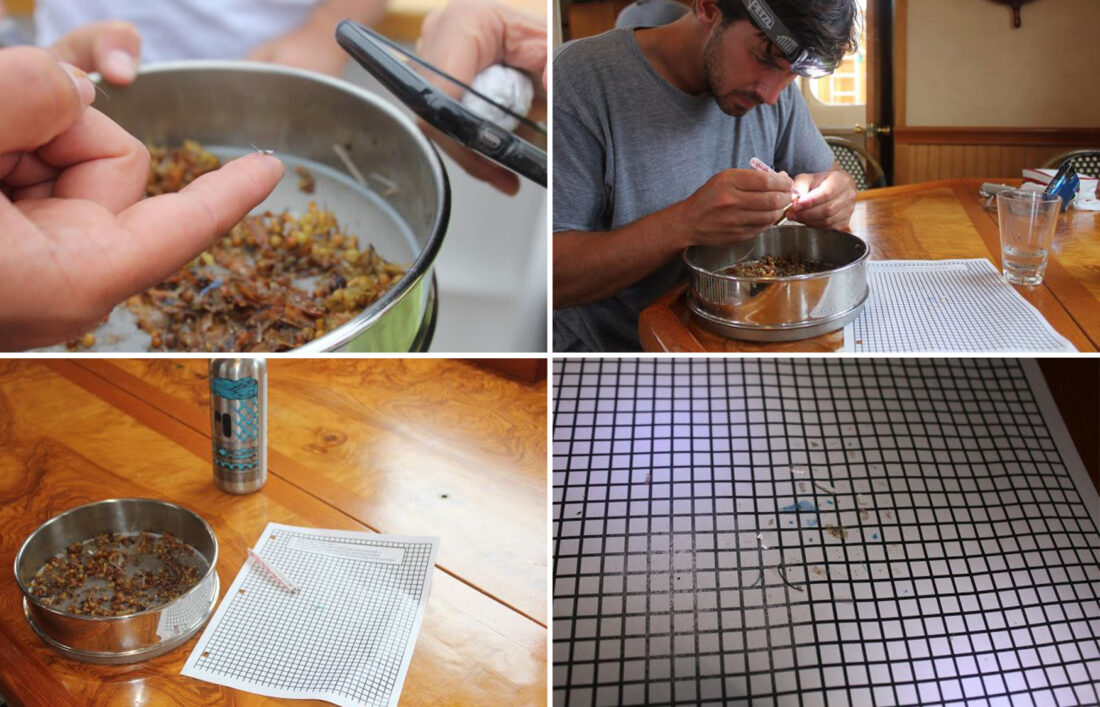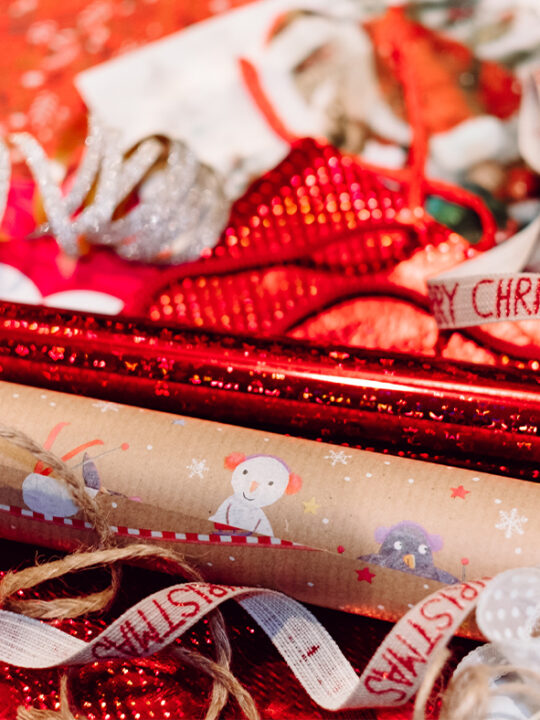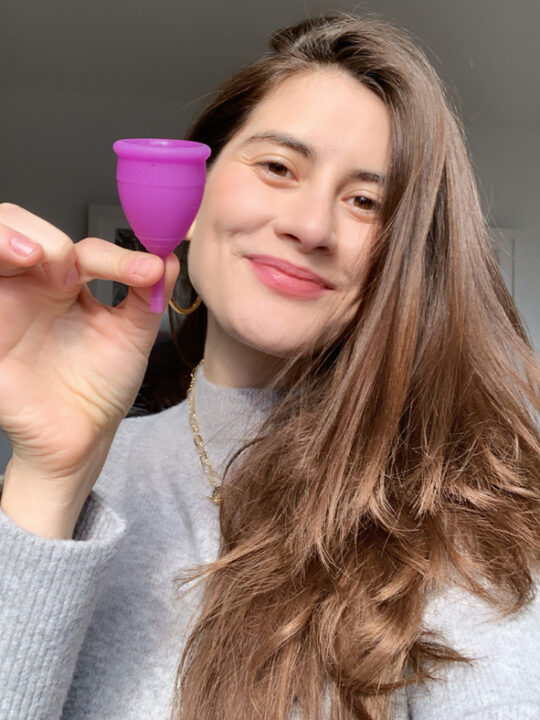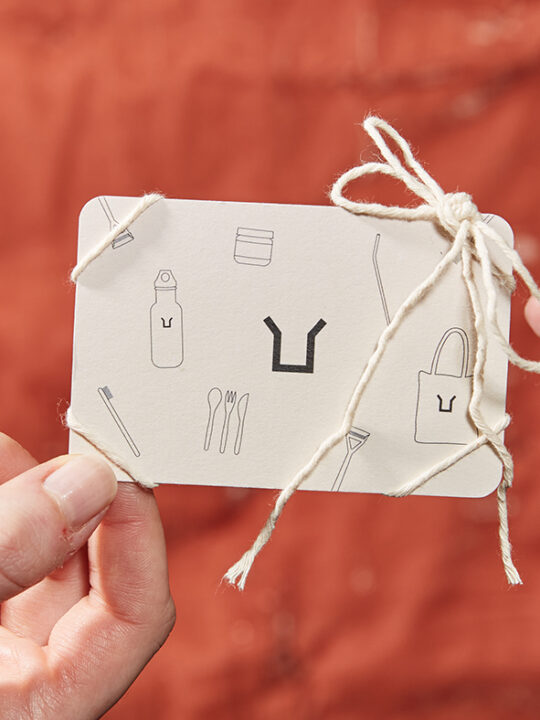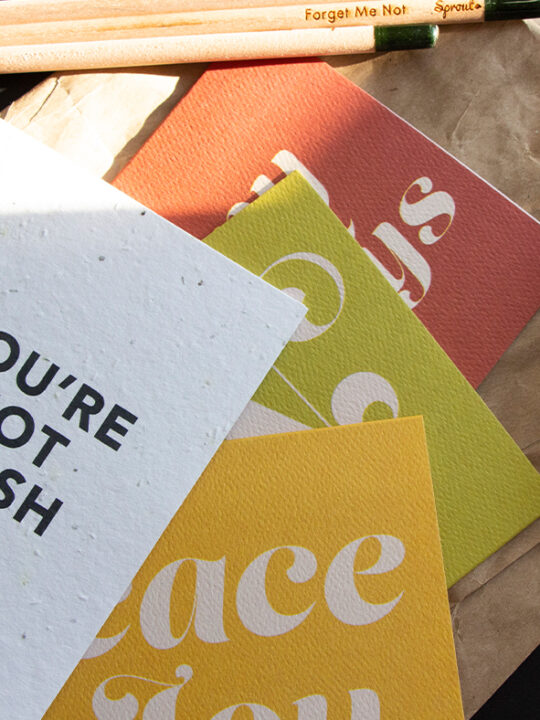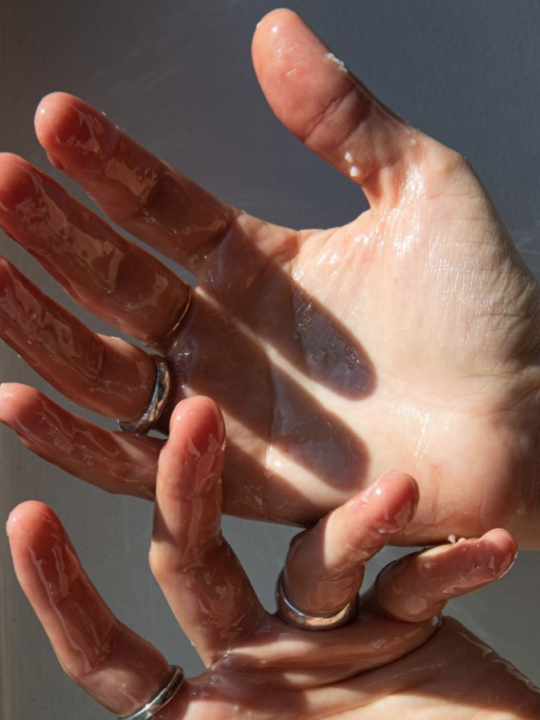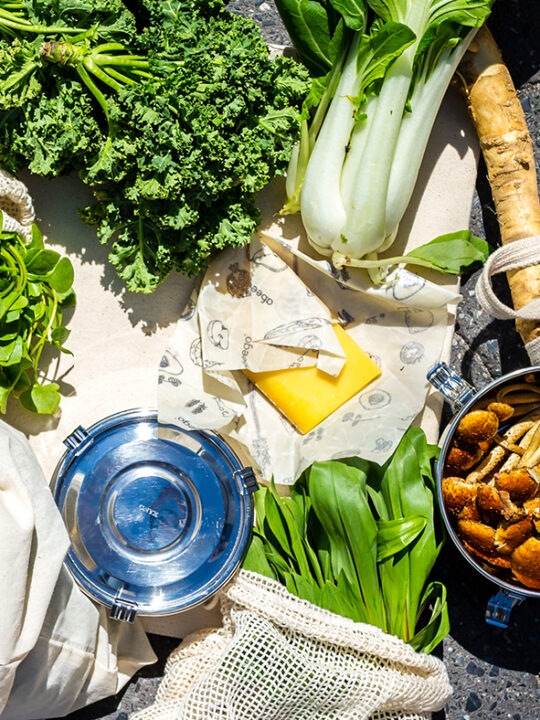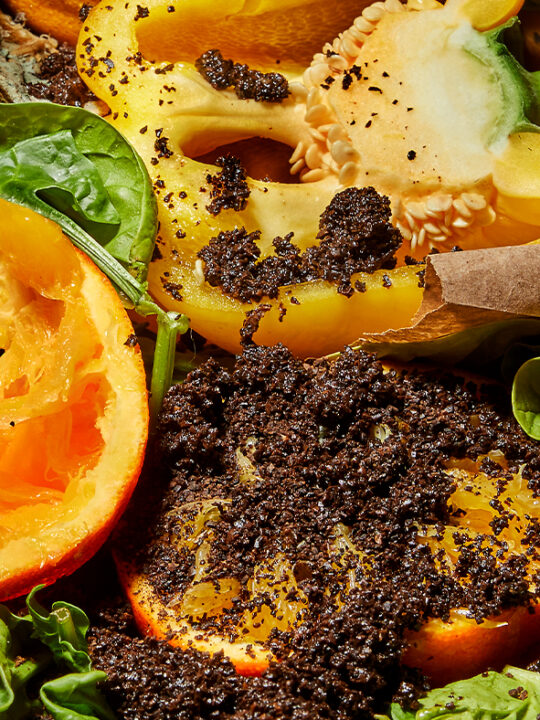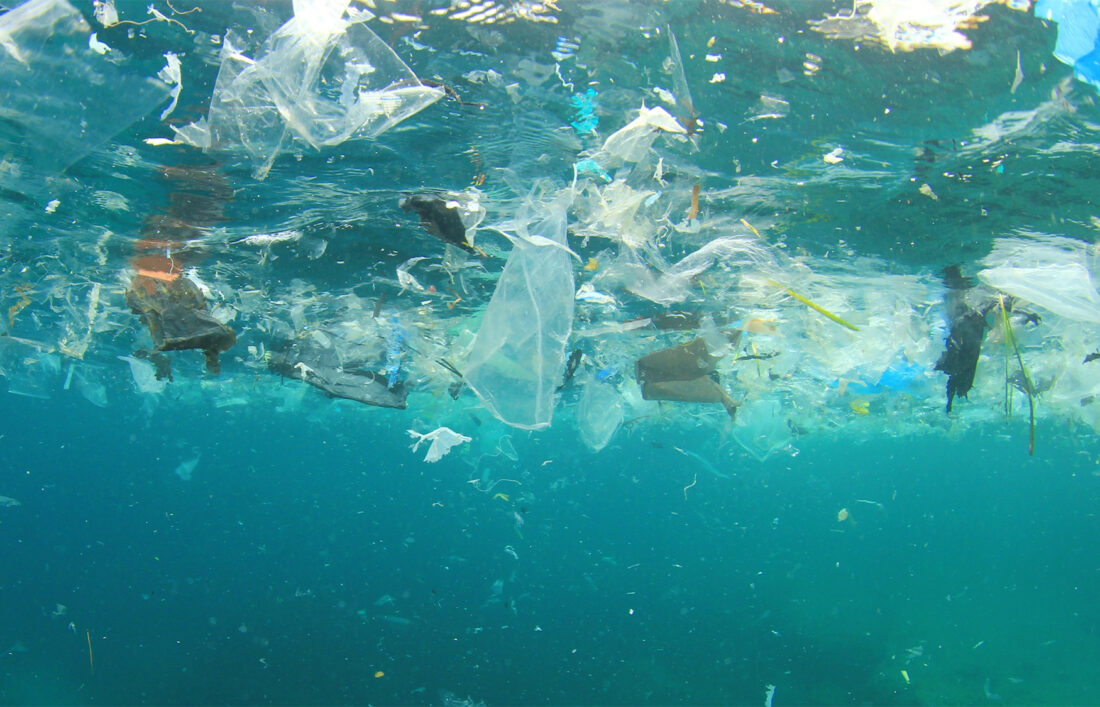
For nearly a decade, I’ve lived a Zero Waste lifestyle (which I define as sending nothing to landfill). But how does being less trashy promote a healthier ocean?
Water covers 71% of our planet. If trash isn’t in a landfill, it is likely in the ocean.
The stats are shocking: There are billions of pounds of trash and over 51 trillion microplastic particles swirling around in the ocean today, more than one-third of the fish caught for human consumption contain microplastics, and by 2050 scientists predict that there will be more plastic in the ocean than fish by weight (let that one sink in).
So where is this plastic coming from?
80% of marine plastic comes from land-based sources.
Littering (Even Unintentionally) of Single-Use Plastics
We’ve all passed by street trash cans overflowing with single-use plastics. Or seen a cigarette butt fly out of the back of a garbage truck. Or worse, witnessed someone blatantly litter. Now picture this: that cigarette butt (Psst. the filters are made of plastic) will tumble through the street, and get washed down into a nearby sewer drain or river. In NYC, sewer water goes to a wastewater treatment plant where this material is separated and landfilled; however, if we experience heavy rains, our system overflows and eventually it will be taken out into the nearby oceanic abyss (that’s why they say don’t swim in the ocean after it’s been raining!). And even if your trash makes it to a landfill, there is still a high chance that it will be windblown or washed out into a nearby waterway.
Side note: If you’re reading this from a landlocked area and thinking, “I live hundreds of miles away from the ocean, this isn’t my problem”, think again. Our waterways are all interconnected, so trash from Iowa and other inland areas can still end up in the Atlantic.
Microplastics
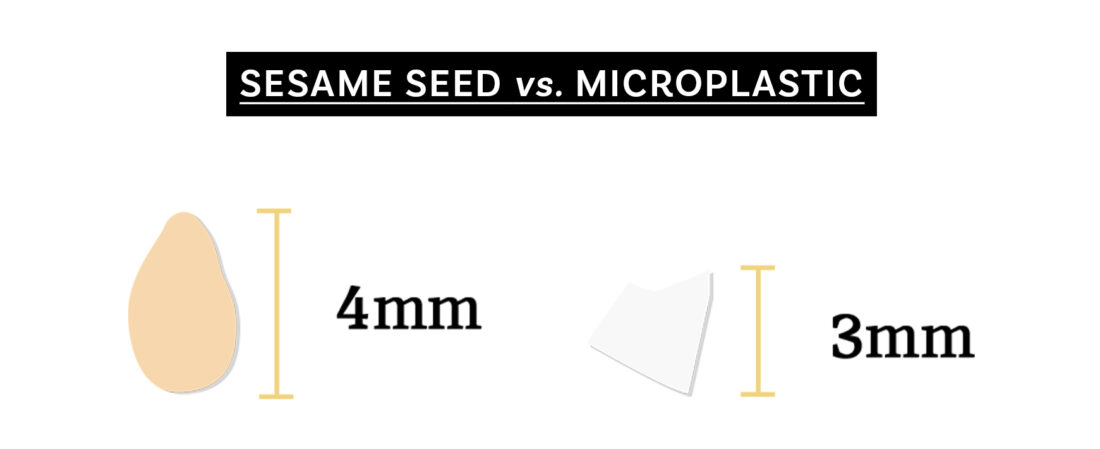
When I studied ocean plastics in the Atlantic Gyre with 5Gyres in 2015, I was expecting to find lots of everyday plastic items (things like plastic water bottles, bags, and packaging) floating around in the water. While we did see that, think a balloon and a bucket floating in the middle of the Atlantic (like, WTF?), we mainly found tiny pieces of plastic, known as microplastics, which were smaller than a sesame seed. Things like bits of broken fishing lines, microbeads (those exfoliating thingies that used to be in face scrubs), and lots and lots of microfibers, which enter the water every time synthetic clothing is washed. And yes, clothing made from recycled plastic water bottles, ocean plastic, and other “upcycled” plastic sources still shed microscopic plastic particles.
The ocean is now filled with a smog of microscopic plastic particles, which are posing one of the greatest threats to our environment today.
Why is plastic bad for the oceans?
Impacts on the marine environment
Over 1,200 species are currently endangered from ocean plastic ingestion or entanglement. Marine wildlife, like fish, seabirds, whales, and turtles, often mistake plastic for food—which can lead to internal tears, choking, or starvation from having a belly full of plastic. It is estimated that 99% of seabirds will have ingested plastic by 2050. Animals can also get caught in or lacerated from things like fishing lines, jagged plastic pieces, and plastic bags—which can reduce their ability to swim, lead to infections, cause injuries, and even suffocation. With fewer and fewer aquatic species, entire ecosystems are being threatened, which could lead to an increase in ocean dead zones.
Impacts on climate change
Ocean plastics are impacting the climate in a number of ways:
- Among the species affected by microscopic plastic ingestion are plankton—which are a major food source for many aquatic organisms, and they play a crucial role in taking carbon dioxide from the atmosphere and sequestering it in deep ocean carbon sinks. The collapse of plankton populations means less carbon is being taken out of our atmosphere and water, which is raising global temperatures, and increasing ocean acidification (more on that here).
- When plastic breaks down in the oceans (from heat and sunlight), methane and ethylene are released (aka two of the most powerful greenhouse gases). This creates an alarming feedback loop: As the planet continues to warm, more plastic breaks down, which causes more methane and ethylene to be released, which then increases the rate of warming, climate change, and perpetuates the cycle all over again.
- Since most plastic is made with petroleum (oil), the more plastic we make, the more fossil fuels we need (and surprise, surprise, our production of plastic is higher than ever before). Drilling for these fossil fuels degrades land, pollutes water, and emits harmful air pollutants. And the burning of fossil fuels increases global temperatures, creates more air pollution, and further acidifies the oceans.
Impacts on the food chain and human health
Marine life is not the only species being affected—humans are now reaping the negative effects too.
When plastic sits in seawater for a prolonged period of time, toxic contaminants accumulate on the surface of it. In fact, a single plastic microbead can be 1 million times more toxic than the water around it. When marine organisms ingest plastic, they are also ingesting all of the toxins on it. These toxins then bioaccumulate in the food chain, as bigger fish eat smaller fish who have eaten plastic. And eventually, this toxin rich seafood makes its way to our plate (yuck).
Some of the chemicals used in the production of plastic are also known carcinogens and have been linked to endocrine disruption, which can cause developmental, reproductive, neurological, and immune disorders in humans.
And it doesn’t stop with food.
Studies have shown that 94.4% of tap water in the United States contains plastic particles, and humans unknowingly consume an average of a credit card’s worth of plastic per week.
So what’s the solution?
There are simple ways that individuals (like you and me!) can promote plastic-free oceans and help to turn the tide. Here are a couple of the things that I do:
- Avoiding Single-Use Plastics: I never leave the house without my trustee sidekicks—aka my reusables tote bag, reusable straw, and a reusable mug or water bottle. I don’t always end up using them, but having them with me (juuust in case) helps me avoid single-use plastics when I’m on the go.
- Take action against microplastics: I avoid purchasing synthetic clothing as they shed microfibers (aka plastic lint) into our waterways when we wash our clothing. If you didn’t know, they are one of the biggest problems facing the ocean! Instead, I look for secondhand clothing made of natural fibers like linen, bamboo, hemp, and Organic cotton (no microplastic shedding)! For the synthetic textiles that you might already own, you can wash them in a Guppyfriend bag, which helps to capture any fibers that break off in the wash, and then you can dispose of them properly.
- Educate Yourself: Watch films such as A Plastic Ocean, or shows like Blue Planet, or look towards organizations such as Urban Ocean Lab, 5gyres, Oceana, Oceanic Global, Lonely Whale, and Sustainable Ocean Alliance for more resources and ways to take action.
- Advocate ending our dependence on fossil fuels: Plastic production is a growing crisis. The fossil fuel industry plans to increase plastic production by 40 percent over the next decade, which means more toxic air and oceans. We need urgent political action to address this problem. Support representatives who are willing to take progressive action against oil giants and big industry, and who advocate for strong environmental regulations and policies.
What tips, tricks and resources have you found helpful for keeping the ocean plastic free? I’d love to read about them in the comments!
Psst. If you’re ready to jump in, but need a little help navigating what is and isn’t ocean-friendly, we created an Ocean Advokit at Package Free filled with sustainable solutions for healthier oceans.
